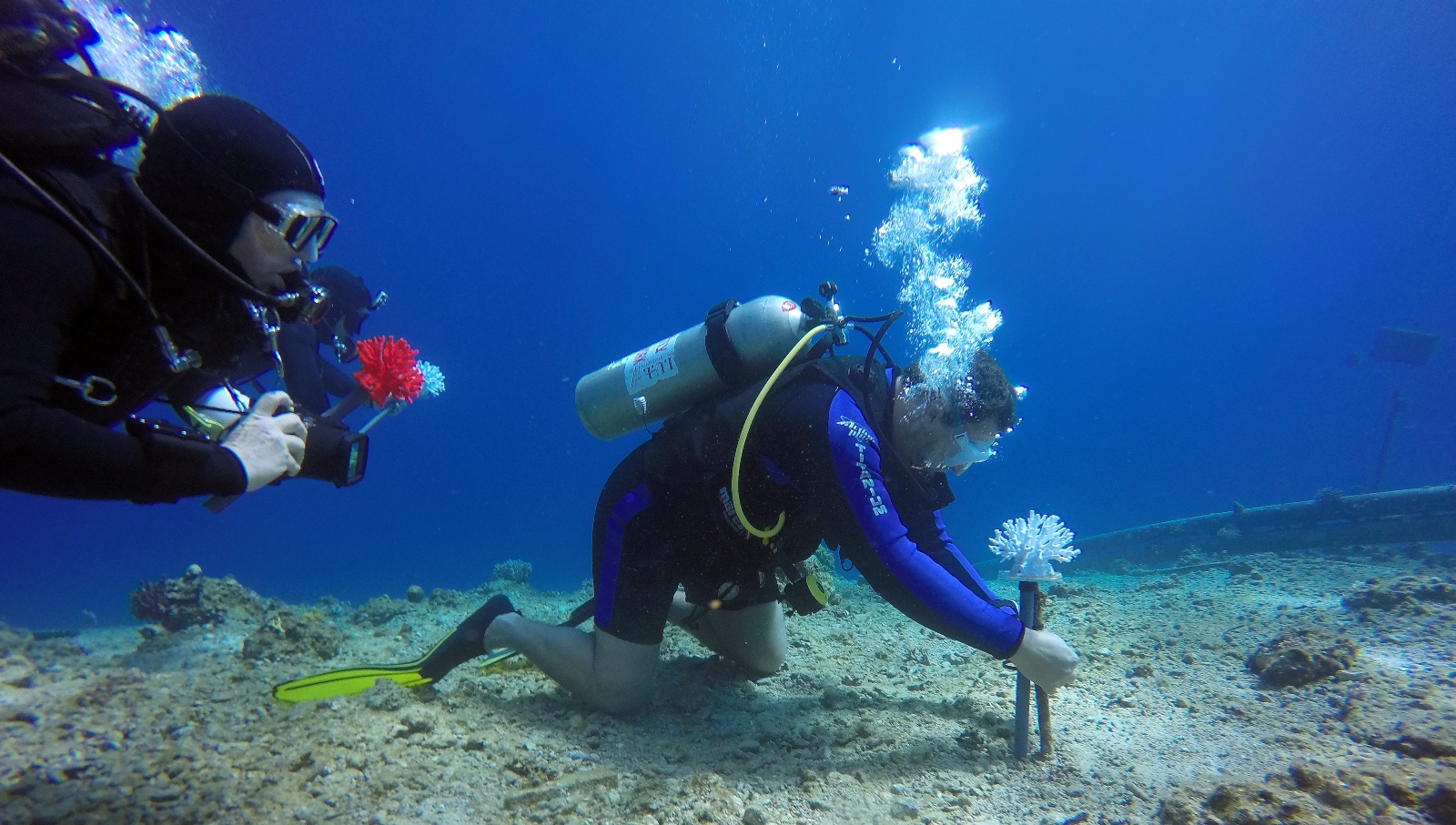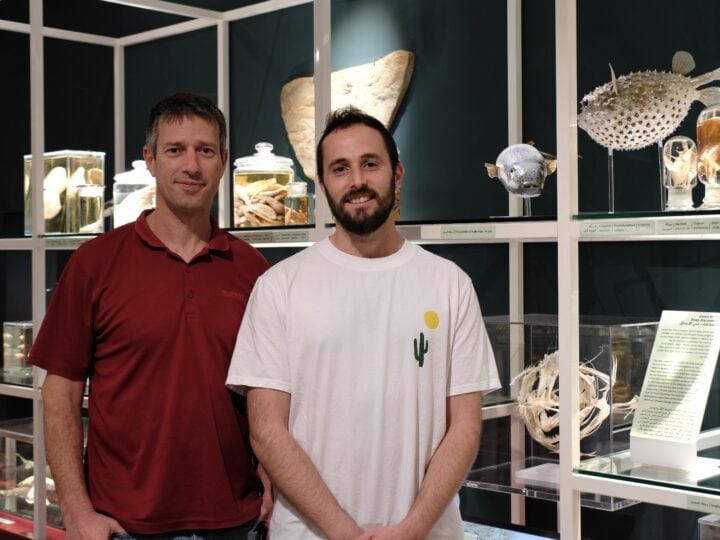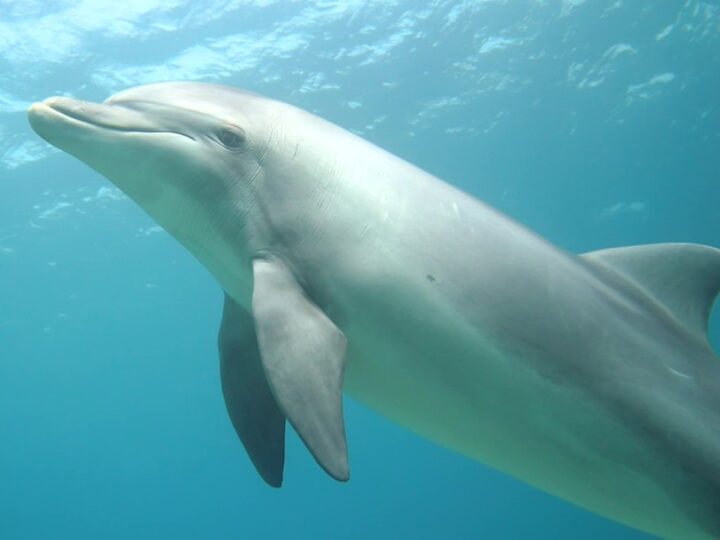Climate change is decimating coral reefs around the world. That’s bad news for the 25 percent of fish that make their home in these largest living structures on the planet.
But here’s some good news: Israeli scientists have figured out how to print colorful new corals – and the fish seem to like them even more than the natural ones.
Researchers from Ben-Gurion University of the Negev scanned living coral colonies using 3D design tools. They then spatially and structurally manipulated the scans to create new ones using a 3D printer and sustainable bioplastics in a variety of materials, colors, sizes and forms.
The researchers attached four different designs to a natural reef on the northeastern coast of the Red Sea, close to the Inter-University Institute for Marine Sciences in Eilat. Surprisingly, the fish showed a preference for some of the artificial designs over the adjacent natural ones.
Color plays a strong role, it turns out. “We were surprised to discover that color mattered,” said Prof. Nadav Shashar, who led the project for BGU’s Marine Biology and Biotechnology Program.
“Humans don’t take into account the outside colors of a house when deciding to buy one, perhaps because they can repaint it,” Shashar added.
“Fish, on the other hand, indicated that the color of their potential new home was a make-or-break factor. Fish species that can see colors showed a clear preference for colored shelters over dull ones.”
The project was a collaboration between Shashar’s department at BGU and the Design-Tech Lab at the Technion-Israel Institute of Technology, led by Prof. Ezri Tarazi.
“Our approach highlights the potential of tackling environmental challenges through design,” Shashar explained. “No discipline alone can address these challenges. We proved that the incorporation of designers in addressing urgent biological issues is beneficial and can serve as a model for incorporating design thinking to address biological questions and sustaining nature.”
Using digital design tools and methods, “we can help the global effort to find better future practices to protect and restore coral reefs that are rapidly being annihilated,” Shashar added.
Reef replacement projects are not unique to Israel. But the BGU initiative is the first to focus on accurately reproducing coral, including such structure and functionality as water flow around the coral structures, specific sizes that fit the diversity of fish species and proximity to food (plankton, in particular).
The results on what the researchers have dubbed “Nature-Centered Design” were published in the scientific publication The Design Journal.
In the next stage, the researchers are seeking to design entire reef units.

















